Everything you need to know about specifications and performance - Hyundai i30 2015 - 1.6 CRDi (110 Hp) blue
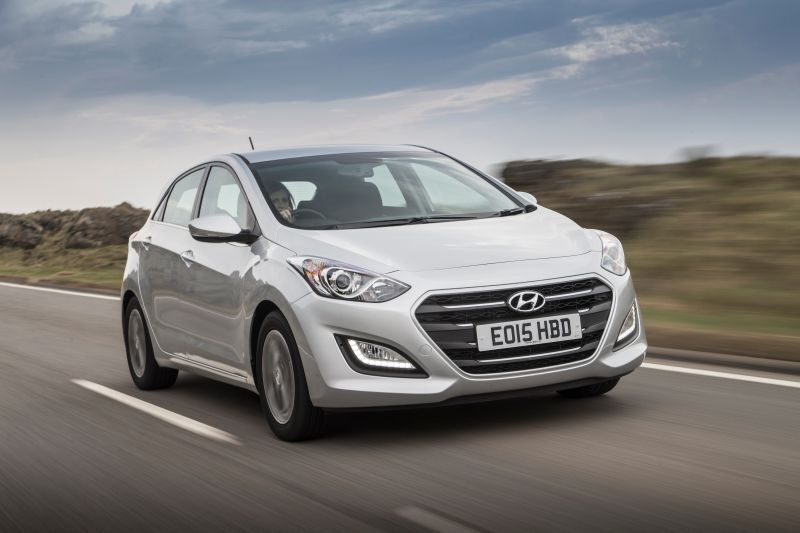
Overview:
What is the engine capacity of a Hyundai i30 2015?
The engine capacity of the Hyundai i30 2015 is 1582.
Hyundai i30 2015 How many horsepower?
The engine power of the Hyundai i30 2015 is 110 Hp @ 4000 rpm..
What is the Hyundai i30 2015 engine?
Hyundai i30 2015 engine is D4FB. (Click to see other cars using the same engine)
How much gasoline does a Hyundai i30 2015 consume?
The Hyundai i30 2015 consumes 3.6 liters of gasoline per 100 km
General:
Engine:
Performance:
Space:
dimensions:
Powertrain, Suspension and Brakes:
See also
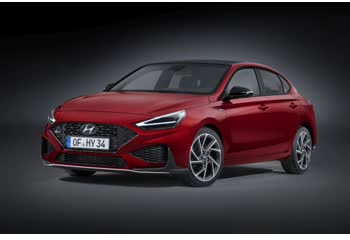
Last generation.
Its production began in 2020 until 2022
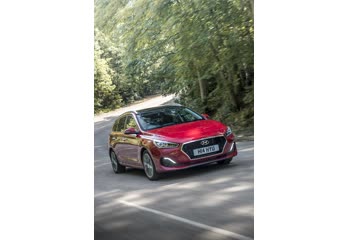
Other generation.
Its production began in 2019 until 2020
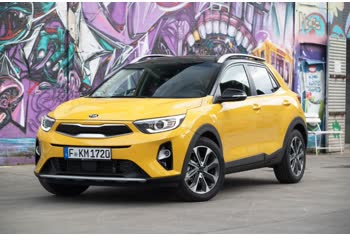
Same engine. (D4FB).
Its production began in 2017 until 2020
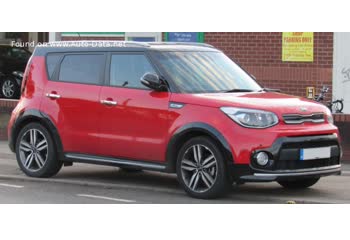
Same engine. (D4FB).
Its production began in 2016 until 2019
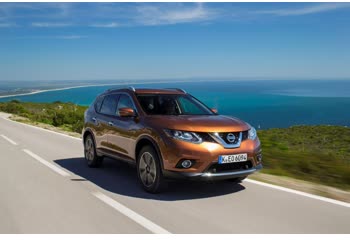
Same production year and almost the same engine capacity.
Its production began in 2015 until 2017

Write a comment